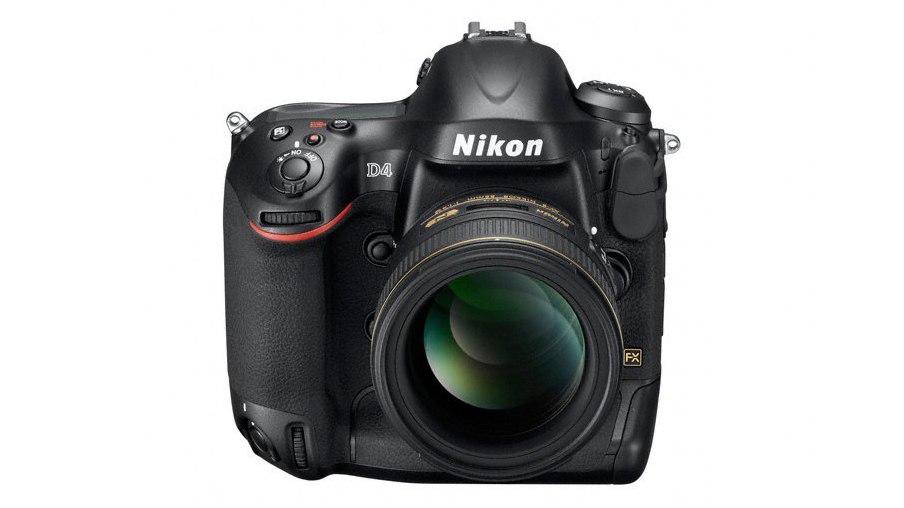Why you can trust TechRadar
In many ways the Nikon D4 feels very solid and likely to stop a bullet, should the need arise. However, the overall feel of quality for the sample we have is let down a little by slight movement in the door over the memory card compartment.
This door falls under the fleshy base of the right thumb when the camera is held for use, and it feels like there may be some movement at the hinge. It's only a small point, but it is disconcerting in a camera that costs around £5,000/$6,000.
The door and its seal look the same as those on the Nikon D3S, yet while the D3S sample we have has a motionless door, our Nikon D4 sample's was prone to slight movement. We have reported this issue to Nikon and have seen and used other samples that don't have the same issue, so this may be just a one-off.
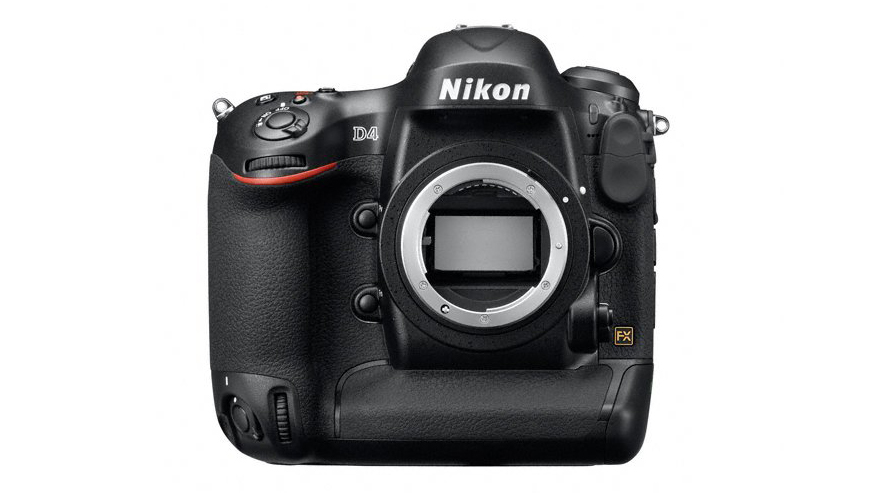
Continuing in the critique of the memory card port area, the cover over the door lock also seems a little flimsy, and it feels like it could be wrenched off fairly easily by over-enthusiastic use.
New controls
In a major change from the D3S, the Nikon D4 has two mini-joystick controls for selecting the AF point. They are arranged so that one or the other is within easy reach of the right thumb when the camera is held for shooting in landscape or portrait format.
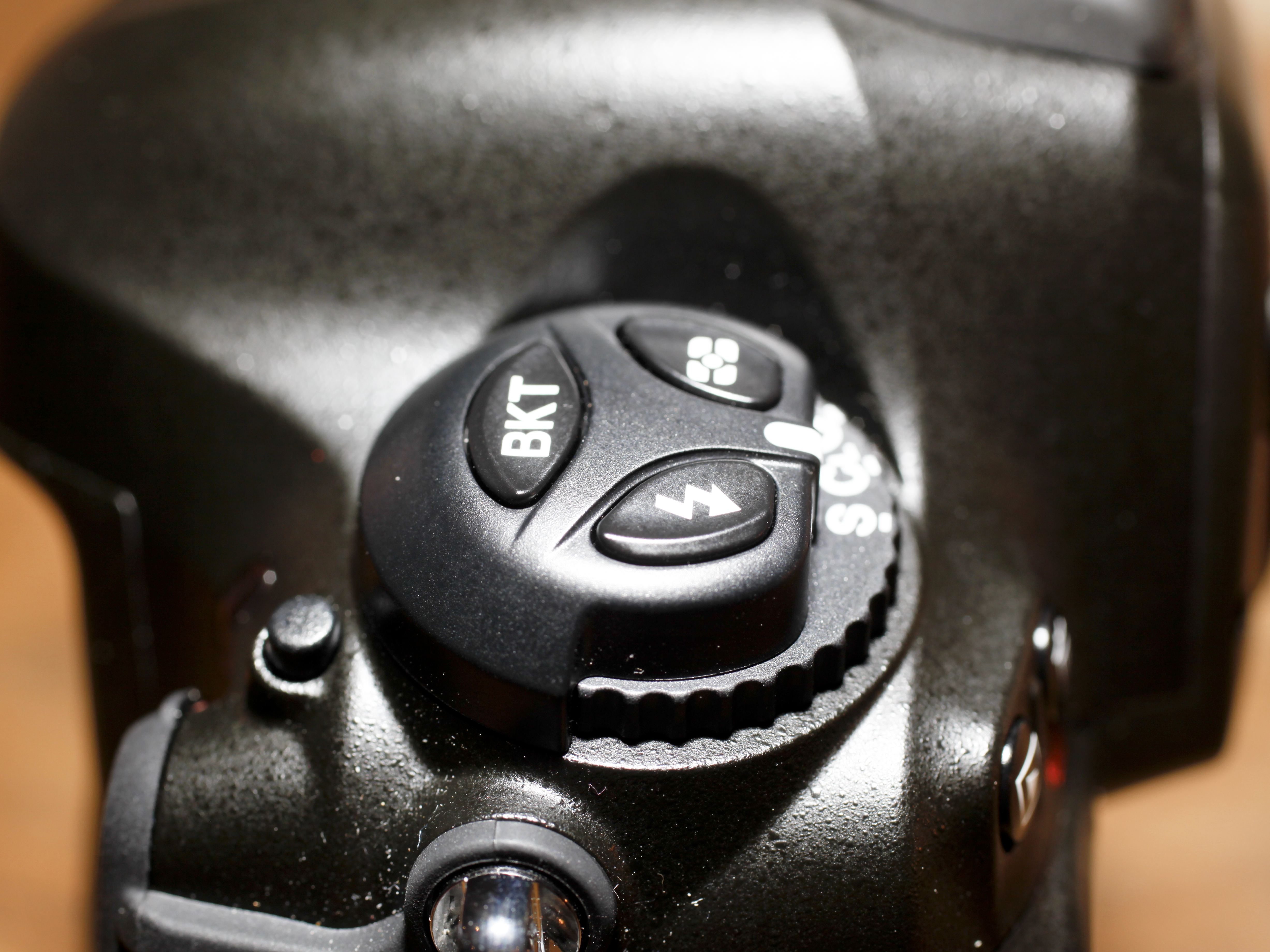
Each of these controllers is paired with an AF-on button to activate the AF system without using the shutter release button. There's also a customisable function button just to the side of the vertical shooting shutter release button, reducing the need for the camera to be taken away from the eye or re-orientated in use.
Another nice touch is that the buttons on the top, back and side of the camera can be illuminated slightly when the camera is in use. This isn't noticeable in normal daylight, but in the dark the button icons are just bright enough to be legible. It makes shooting in the dark much easier, and given the low-light credentials of the Nikon D4, it seems likely that it will be a popular feature.
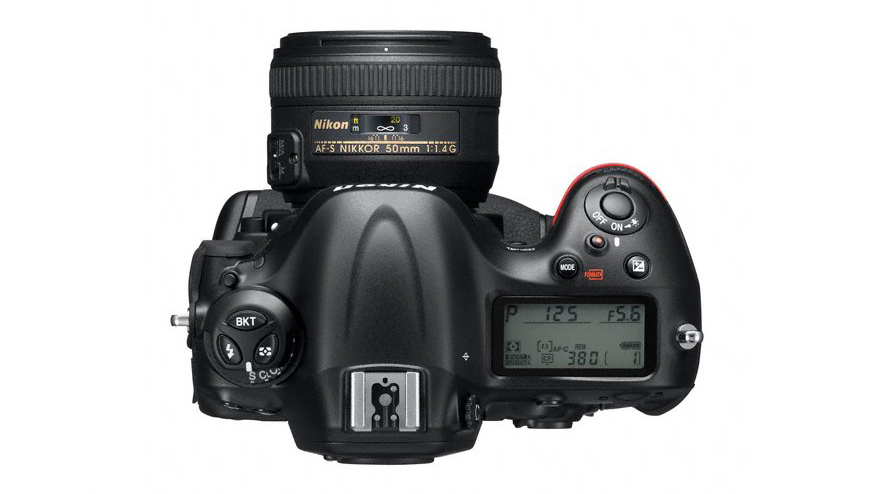
Video recording capability is now a much more important consideration for prospective Nikon D4 buyers, and the new camera has a dedicated Stills/Video switch around the Live View button on its rear. This makes switching between stills and video recording very quick and easy.
Another noticeable change from the D3s is that the Nikon D4's metering switch on the pentaprism has gone and there's now a button on the top plate, alongside the bracketing and flash buttons in the place previously taken up by the aperture/shutter speed lock button.
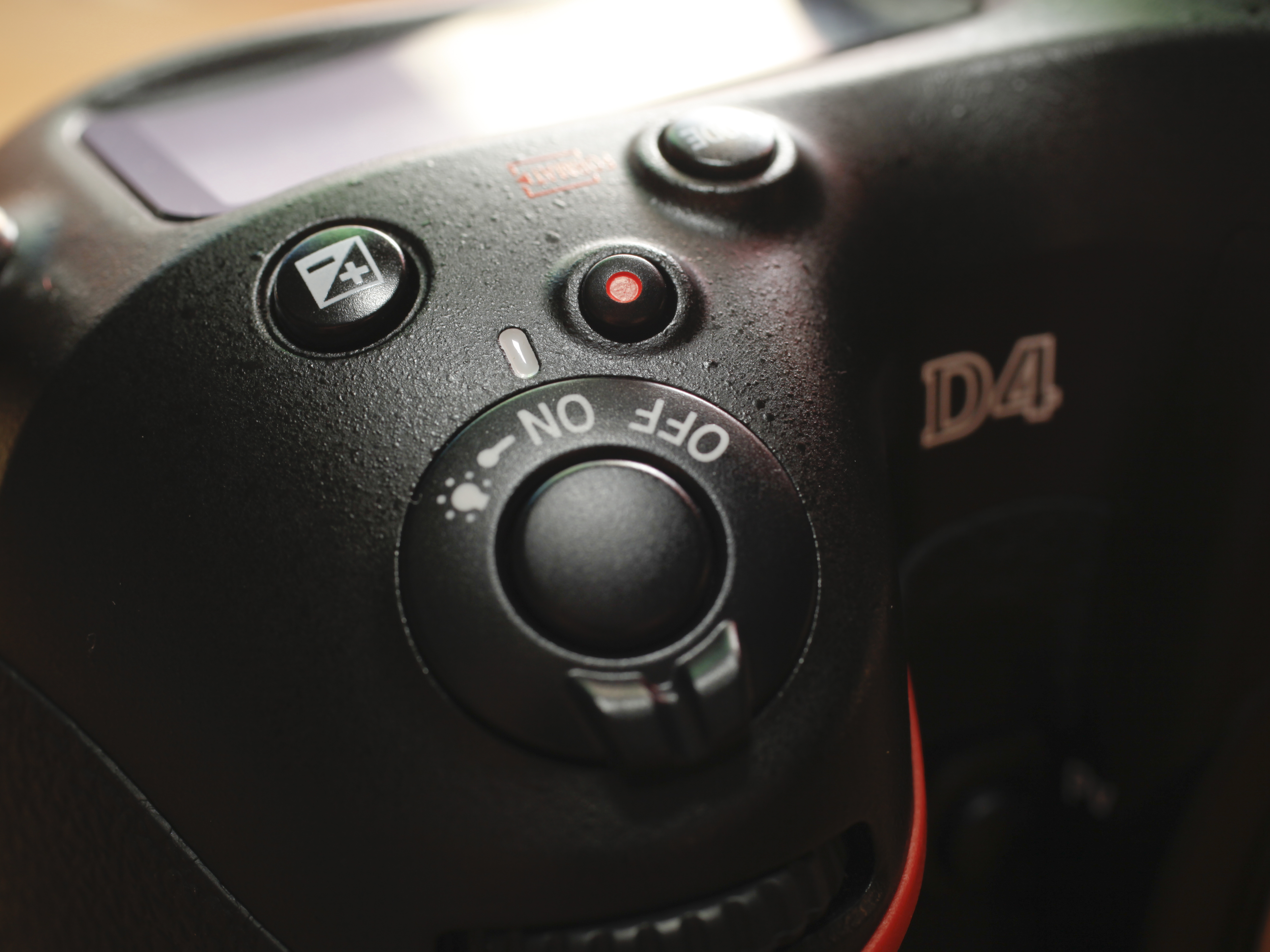
AF point selection
Like the D3s, the Nikon D4 has an array of AF point selection modes, including Single-point AF, auto-area AF and 9-, 21- or 51-point Dynamic-area AF as well as 3D-tracking AF.
However, rather than having a switch on the back of the camera to change between the modes like the D3s, the Nikon D4 uses the same approach as the D7000 and has a switch and button arrangement next to the lens mount.
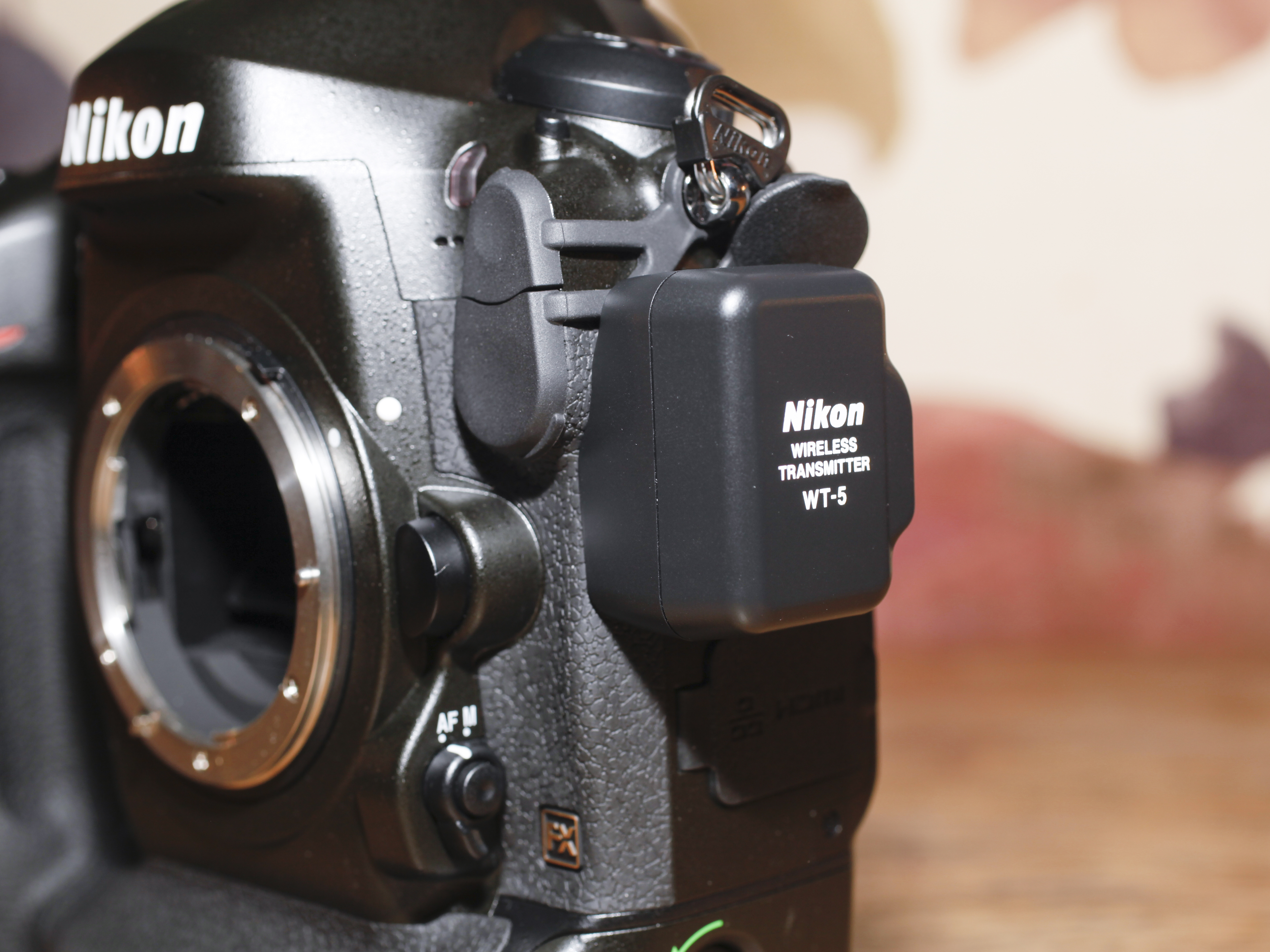
The switch is used to set the Nikon D4 to auto or manual focus. When autofocus is selected, pressing the central button while rotating the rear command dial switches between single and continuous AF mode.
In continuous AF mode, pressing the button while rotating the front command dial toggles through Single-point, Auto-area, 9-, 21- 51-point and Dynamic-area AF modes.
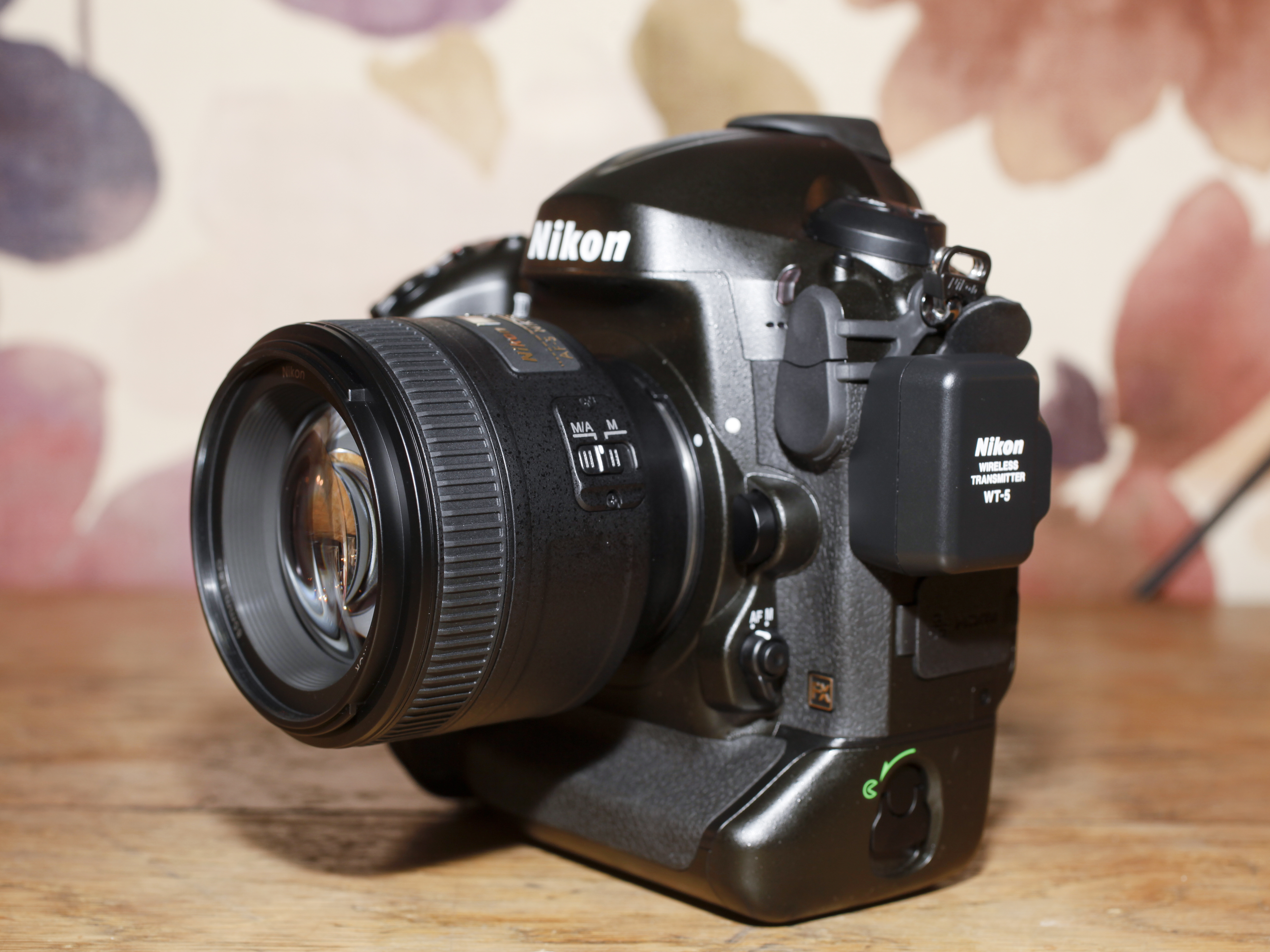
This approach makes it easier to keep the camera to the eye while making adjustments.
LCD screen
Nikon has filled the gap between the glass and the crystal section of the LCD screen with an optical gel to reduce reflections, improve the viewing angle and boost brightness. We found that the screen provides a clear view in most shooting conditions, and reflections aren't a major issue even in bright sunlight.
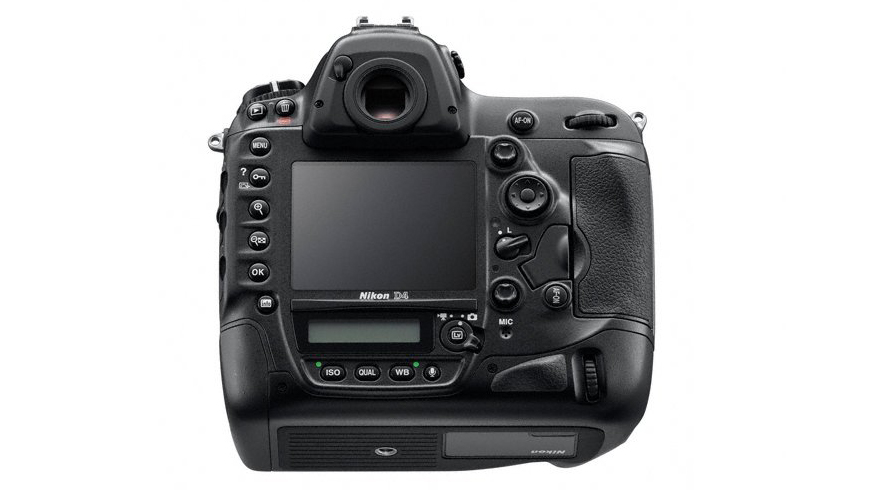
This will be important for professional photographers shooting in the bright sun that is hoped to shine over the Olympics this summer.
To sum up, there are no major surprises in the build of the Nikon D4, and it feels solid and made to withstand some serious use. There are seals around all the joints and controls to ensure that it can cope with the usual rigours of life as a professional photographer's tool.
